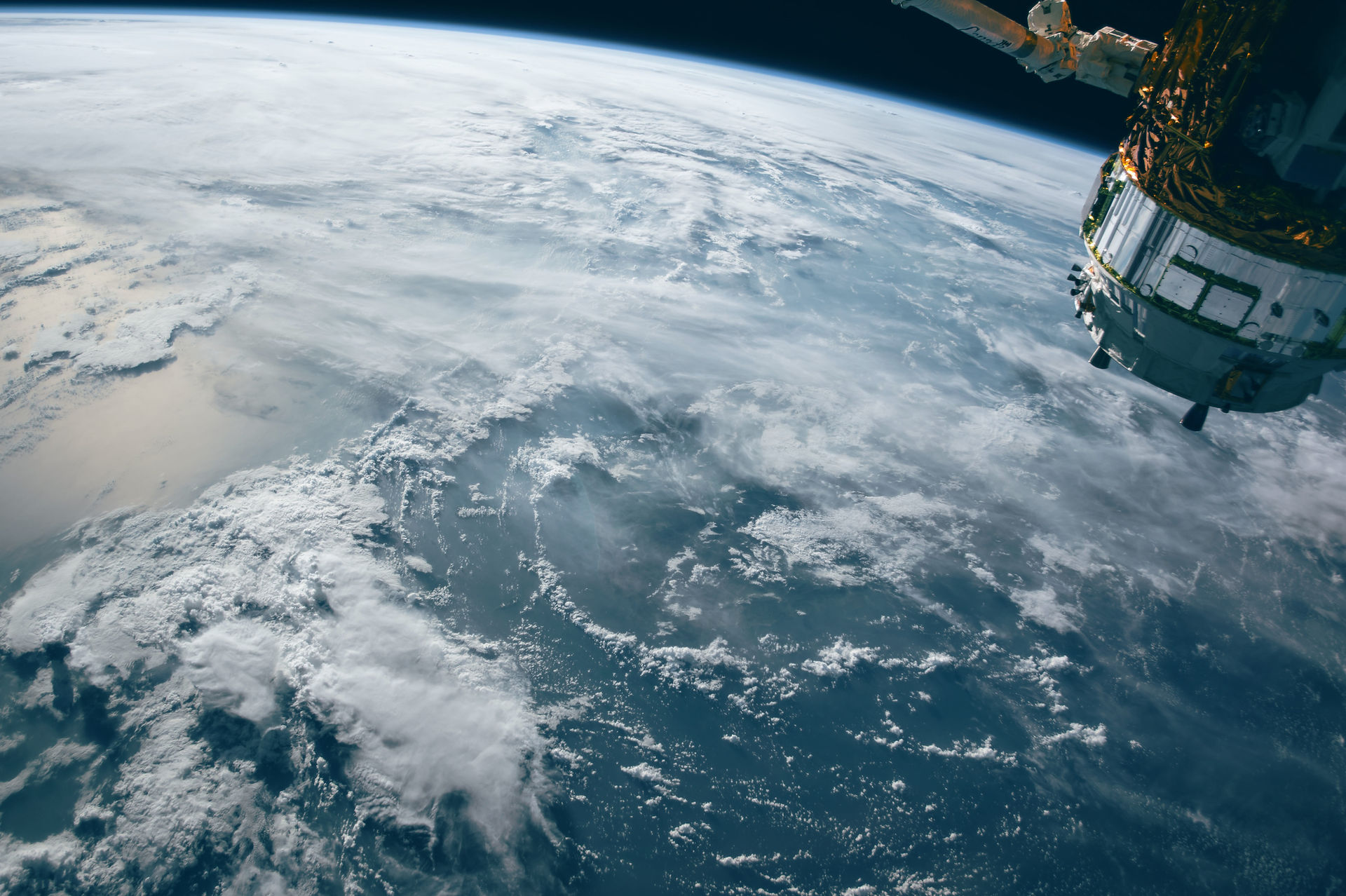NASA’s James Webb Space Telescope (JWST) - Quick Facts
- Kate Green
- Sep 7, 2024
- 2 min read
The James Webb Space Telescope (JWST) is a cutting-edge space telescope developed by NASA in collaboration with the European Space Agency (ESA) and the Canadian Space Agency (CSA).
It was launched on December 25, 2021, and is designed to be the successor to the Hubble Space Telescope. JWST is the most powerful space telescope ever built, and it’s designed to observe the universe in infrared wavelengths, which allows it to see farther back in time and space than previous telescopes.
Key Features of the JWST:
Primary Mirror: It has a large primary mirror that is 6.5 meters in diameter, made up of 18 hexagonal segments. This allows it to collect more light and see distant objects with greater clarity.
Infrared Observation: JWST primarily observes in the infrared spectrum, which enables it to look through dust clouds and detect the faint light of distant stars and galaxies that formed just a few hundred million years after the Big Bang.
L2 Orbit: JWST is positioned at the second Lagrange point (L2), about 1.5 million kilometres from Earth. This location offers a stable environment for observation and helps the telescope stay cool.
Advanced Instruments: JWST is equipped with several state-of-the-art instruments, including:
NIRCam (Near-Infrared Camera)
NIRSpec (Near-Infrared Spectrograph)
MIRI (Mid-Infrared Instrument)
FGS/NIRISS (Fine Guidance Sensor/Near Infrared Imager and Slitless Spectrograph)
Major Goals:
Study the formation of stars and planetary systems.
Observe distant galaxies and the early universe, probing the first billion years after the Big Bang.
Explore the atmospheres of exoplanets to search for potential signs of life.
JWST is revolutionizing our understanding of the universe, giving scientists the ability to explore deep cosmic history, distant planets, and the processes that shaped our solar system.
Image #1: Webb will orbit the Sun near the second Sun-Earth Lagrange point (L2), which lies approximately 1.5 million kilometres from Earth on the far side of Earth from the Sun. Webb will not be located precisely at L2, but will move in a halo orbit around L2 as it orbits the Sun. In this orbit, Webb can maintain a safe distance from the bright light of the Sun, Earth, and Moon, while also maintaining its position relative to Earth. Credit: STScI.
Image #2: Webb’s primary mirror intercepts red and infrared light traveling through space and reflects it onto a smaller secondary mirror. The secondary mirror then directs the light into the scientific instruments where it is recorded. Credit: STScI.



Comments